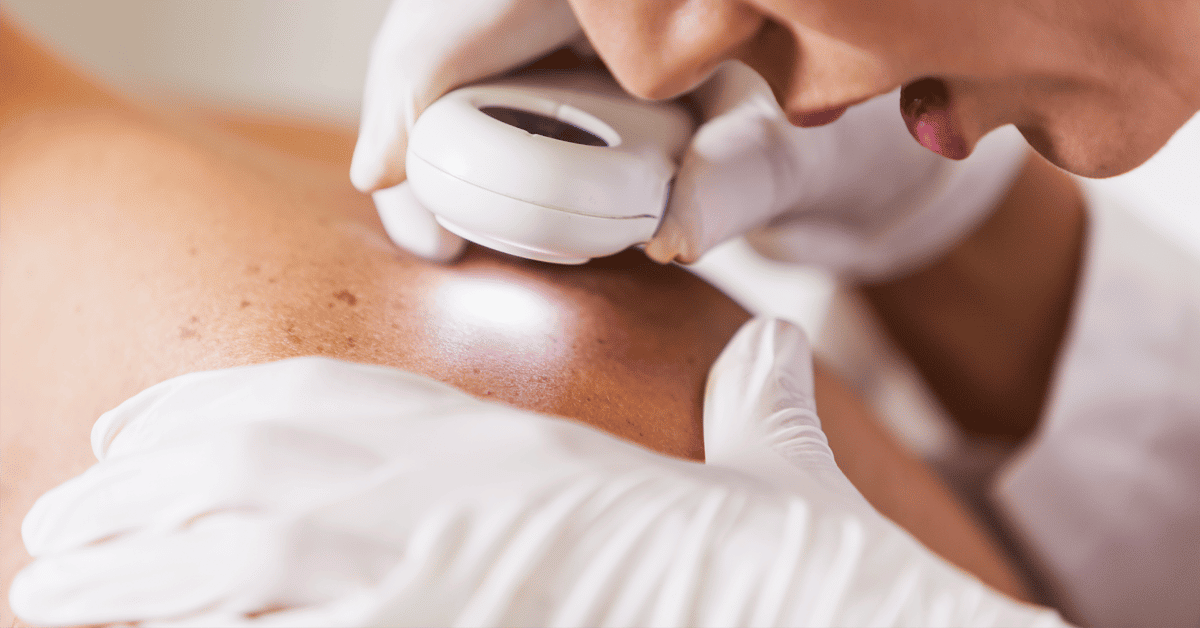
It’s a question we get a lot from our Chicago-area patients: How do I know whether I should be worried about skin cancer in the first place? Not every mole or spot is cause for alarm, so it’s important to know what’s worth a closer look. Here’s what every potential patient should be thinking about when deciding if they should schedule a skin cancer check.
Checking the Body Thoroughly
The skin is our largest organ — and that means even the hard-to-see places deserve a look when checking for skin cancer. You may need to enlist the help of a loved one, but make sure you’ve checked all of these places:
- The back of your neck and scalp
- The back of the upper arms
- Your back
- Your buttocks
- The backs of your legs and feet
- The spaces between your toes
- The soles of your feet
Looking for Anything Irregular
Spotting skin cancer can be tricky without contorting your body or asking for help from a partner or spouse. There are a few telltale signs that a mole, spot, scab, or bump may not be an innocuous growth, though. We call it the ABCDEs:
- Asymmetry — When the area is not shaped evenly all the way around.
- Border — If a spot has an irregular border or isn’t clearly defined, best to have it checked out.
- Color — Evenness is the key here. If the area varies in color from one part to another, it’s worth a closer look.
- Diameter — Anything wider than 6 mm definitely deserves a dermatologist’s eye. For comparison, that’s about the diameter of a pencil eraser.
- Evolution — Perhaps most telling of all, if the area continues to change size, shape, or color, that may be a sign of developing melanoma.
But even beyond these guidelines, it’s important to remember that cancers can take on a variety of appearances and grow at different rates. A spot you’ve noticed for a while may cause concern later, or a new spot entirely might be what’s alarming. Whenever you’re venturing into a place where you’re not quite sure, that’s the best sign that it’s time to call us.
Last thing: Remember your vocabulary.
Skin cancer can take 3 different forms: basal cell carcinoma (BCC), squamous cell carcinoma (SCC), or melanoma. A BCC often looks like an open sore or red patch, while the SCC can be more scaly and may crust or bleed. Melanoma will appear the most irregular, based on the ABCDEs above.
All can develop over a lifetime of cumulative exposure to ultraviolet (UV) light. While basal cell carcinoma is the least dangerous, even a BCC can be a harbinger of further skin damage that hasn’t yet presented itself.
In other words: If you see something, say something! (To us.) We’re always here to help, and during a single appointment we can usually determine whether Mohs surgery is the best next move.